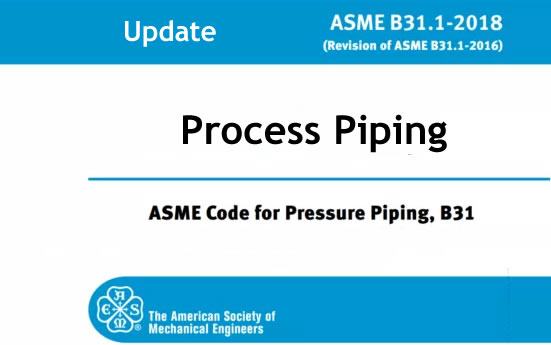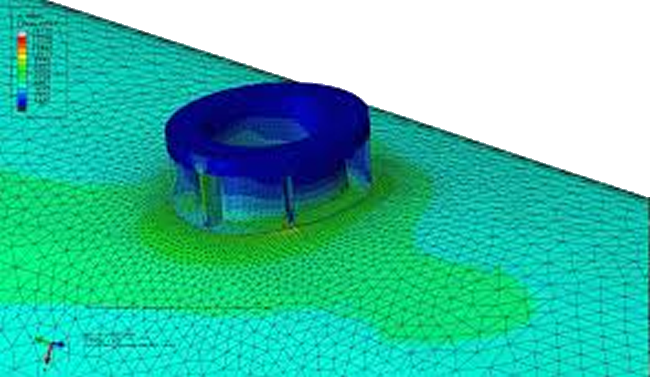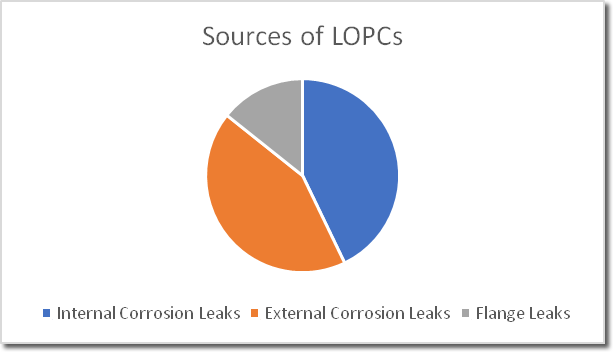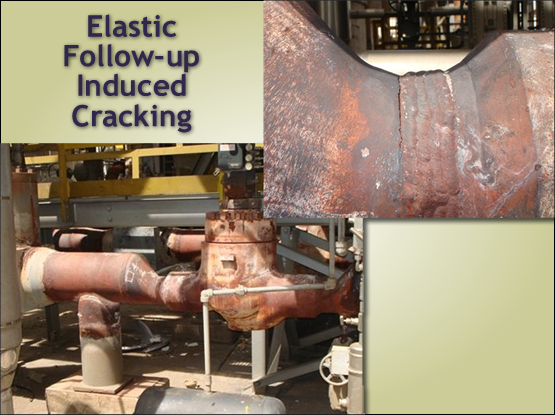EPRI Publishes “Roadmap to Integrity Evaluation and Repair of Nuclear Plant Piping”
EPRI has just published the report “Roadmap to Integrity Evaluation and Repair of Nuclear Plant Piping” EPRI report number 3002013156, dated December 2018, prepared by Becht Nuclear Services, under EPRI Project Manager T. Eckert. The methods and criteria for the evaluation of degraded and non-conforming conditions in piping systems in nuclear power plants are dispersed […]










